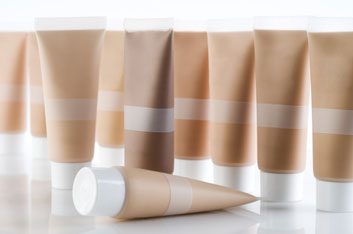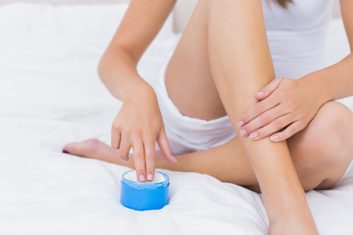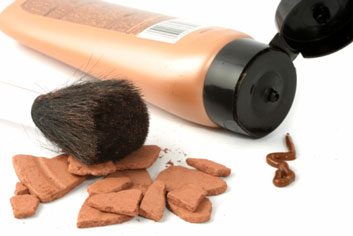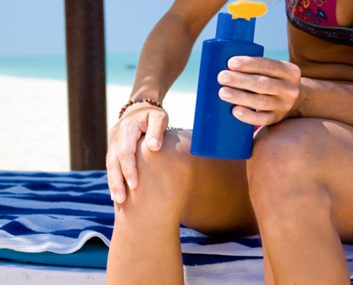
A safe and sunless tan
Self-tanning formulas are evolving to easily deliver natural-looking colour. Some people find the scent unpleasant-it is caused by a chemical reaction between the active ingredient, dihydroxyacetone (DHA) and skin. However, technology is improving this. As far as the streaky results some people get from improper application, self-tanners may never be 100 percent foolproof. But there are ways to get a long-lasting, even tan:

Get the look you want
Texture: There are gels, lotions, foams and sprays. Simply choose the delivery system you feel most comfortable with.
Appearance: Tinted formulas can give your skin instant colour so you can see where you’ve applied it as you go. With some formulas, you develop a tan over a few hours; with others, commonly known as gradual self-tanners, your tan builds up to your desired darkness over a few days when applied daily.
Desired shade: Fair, medium or dark? Pick the one that is labelled with your natural skin tone, not the desired result.

Exfoliate and moisturize skin first
Prepping is key. Dry, patchy skin leads to uneven colour or streaks. Fiona Locke, skin finishing expert for St. Tropez, recommends exfoliating with a gentle, oil-free scrub. Then moisturize hands, feet, elbows and knees with an oil-free cream, and wait until it is completely absorbed before applying tanner. (It’s not necessary to moisturize everywhere, says Locke, unless your skin is very dry.)

Take your time applying
Many people use self-tanners just on their legs, but for full body application, Locke suggests starting at your feet and working up. (Obviously, you’ll need someone to help with your back.) Use less on ankles, knees and elbows. And don’t rush-it could result in bare patches if you miss a spot, or dark patches if you cover an area twice. Post-application, let skin dry before dressing or getting into bed, since the colour can rub off on fabric. Wash hands with soap right after applying, to avoid staining.

Use a light touch for face
Whether or not you use a formula that is specifically for the face, go for a natural look. Dab it on cheeks, forehead, chin and nose, and work outward in a sweeping motion, tapering off at the hair and jaw lines.

Make your tan last
After application, don’t shower for at least four to eight hours, says Locke. To prolong results, pat skin dry after showering (don’t rub), and moisturize daily. Locke’s tip: Before shaving, use a little hair conditioner on legs to help preserve the tan.

Don’t forget sunscreen
Most self-tanners don’t offer protection from harmful UV rays, and the SPF of those that do is generally too low to be adequate, according to the Canadian Cancer Society. A “base” tan-artificial or otherwise-doesn’t protect you, so you still need to wear sunscreen.
Related:
• 5 foods that fight sun damage
• 5 common sun protection mistakes
• Is it possible to be addicted to tanning?
